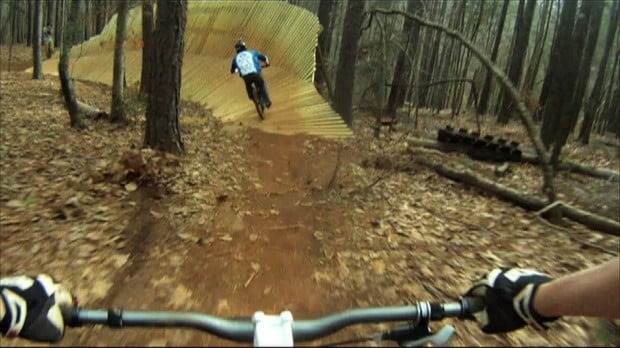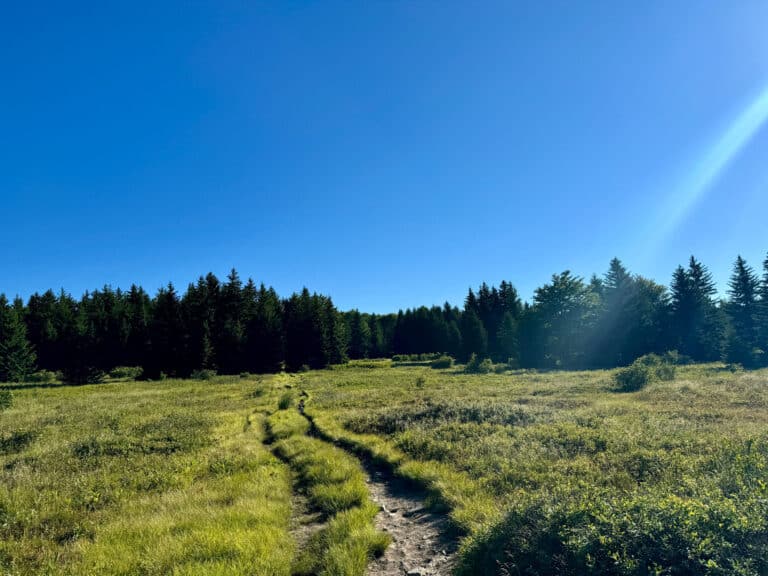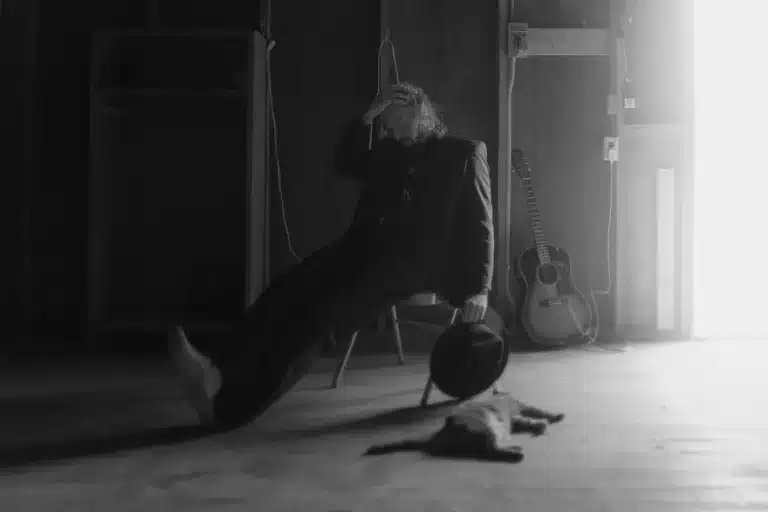When I instruct kayaking, one of the most important tools to my clients’ progression is video review.
We live in a time where we have low cost, high quality consumer electronics at our fingertips, and these tools can be very useful for outdoors sports of all kinds. Do you have a GoPro, a still camera with video capabilities, or even a phone that can do the same? Use those assets to your advantage.
If you are a runner for example, set up the camera on a tripod, and run past it a few times at different paces. Slowing that footage down and studying best practices for technique can pay dividends in your competition results and joint health.
The same goes for a myriad other sports. The first step to improving is knowing what needs to be changed in our techniques, and video is absolutely the best tool for identifying these weaknesses. We can only tell so much about our technique by how it feels, and there are so many nuances in all of these sports.
One thing that I have found very helpful in my paddling is noticing where my head is turned, and what my paddle is doing during key times. Oftentimes, things happen so fast that we aren’t able to truly digest what we did right or wrong in that given situation. Being able to slow everything down and revisit it as many times as needed is an invaluable tool for personal progression. In spite of the people who are cynical about the rampant use of these POV cameras, there is a reason why they have become so popular!
The “look where you want to go, and not where you don’t want to go” adage is very easy to finesse when using a POV camera, and is something that applies to all of these different sports. Your body will follow your head, and you will go where you are looking, so this concept and the “spot your landing” idea are some of the first things that I tell people when they jump in a boat or on a mountain bike.
Regardless of your sport, I’m confident saying that it would be beneficial to use the modern video tools that we have available today to increase your knowledge and skill. For those of you who are already using video as a training tool, what other ways have you found value through video analysis?








